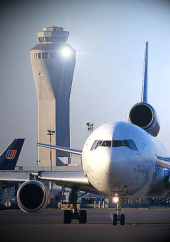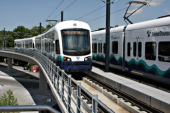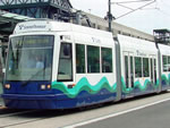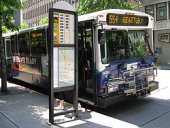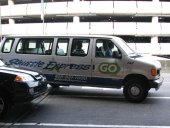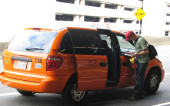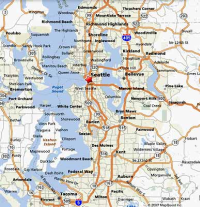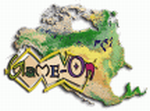
|

|
Conference Location
|
|
|
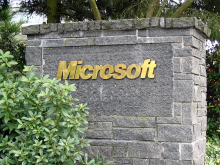
|
Due to its large population of highly paid tech workers, especially those of Microsoft, Redmond is known for its affluence. Based on per capita income, Redmond ranks 20th of 522 areas in the state of Washington to be ranked. |
|
Native Americans had settled in the Redmond area 3,000 years ago, and the first European settlers arrived in the 1870s. Luke McRedmond filed a Homestead Act claim for land next to the Sammamish Slough on September 9, 1870, and the following year Warren Perrigo took up land adjacent to him. The rivers and streams had so many salmon that the settlement was initially named Salmonberg. More settlers came, and with the establishment of the first post office in 1881, the name of the community was changed to Melrose. The new name was taken from the Perrigos' successful inn, Melrose House, which upset McRedmond. After becoming postmaster, he successfully petitioned to have the name changed to Redmond in 1883. |
|
|
The abundant forests and fish of Redmond provided jobs for loggers and fishermen and with those jobs came demand for goods and services, bringing in merchants. The logging industry expanded significantly in 1889 when Seattle Lake Shore & Eastern Railway built a station in the center of town. The first plat for Redmond was filed on May 11, 1891, encompassing much of the area now known as downtown. After reaching the necessary population of 300, Redmond was incorporated on December 31, 1912. |
|
|
Redmond faced an economic downturn in the 1920s. Prohibition forced saloons to close, cutting off a large portion of the city's tax base. The forests were dwindling after heavy logging, causing lumber mills to shut down. Fortunately, the deforested land was suitable for farming. Agriculture became Redmond's primary business, keeping residents fed during the Great Depression. When the U.S. entered World War II, shipyard jobs and other wartime work came to Redmond. |
|
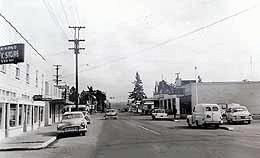
|
After the war, Redmond's growth began in earnest. The city grew over thirty times larger in area through annexations between 1951 and 1967. The completion of the Evergreen Point Floating Bridge across Lake Washington in 1963 allowed Redmond to flourish as a suburb of Seattle. In 1978, the U.S. Census Bureau proclaimed Redmond the fastest growing city in the state. Many technology companies made the city their home, and the increasing population demanded more retail shops. Redmond underwent a commercial boom during the 1990s, culminating in 1997 with the opening of Redmond Town Center, a major regional shopping center on the site of a long-defunct golf course. |
In recent years the city has been experiencing growing pains as a result of its strong growth, mostly in the areas of urban sprawl and traffic congestion. During rush hour it can take upwards of 2 hours to travel from the beginning of SR520 at Avondale Rd. to Downtown Seattle a mere 18 miles (29 km) away. These problems are being mitigated by the expansion of SR520 and the Evergreen Point Floating Bridge, as well as eventual light rail service via East Link from Seattle to Redmond during the second phase of Sound Transit.

Parts of this text were copied from 
Conference Venue
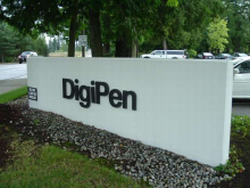
|
Digipen Institute of Technology |
How to reach Redmond and the Conference Location 
By Plane
|
The nearest airport to DigiPen Institute Of Technology is Seattle-Tacoma International Airport (Sea-Tac), approximately an hour drive from the Institute. Rental cars, shuttle buses, taxis, Metro buses, and Sound Transit express buses service the airport and can deliver you right to DigiPen's doorstep.
Additional on-airport information about shuttle buses and Gray Line buses can be found at the Ground Transportation Information Booth located on the third floor of the Parking Garage. Public transit bus routes serve the airport outside Door 6 by Baggage Carousel #1 on the Baggage Claim (lower) level.(see map here) |
By Light Rail |
The just opened SeaTac / Airport Station is connected to the fourth floor of the Airport Garage. Trains arrive and depart on the platform level of the station. The covered, level walkway to the Airport Terminal is one level down on the mezzanine. The well-lit walkway is separated from the main area of the garage and directional signs point the way to the Main Terminal skybridge. See the maps here and here. The Sound Transit Link light rail service runs from 5 a.m. to 1 a.m. on Monday through Saturday and 6 a.m to midnight on Sundays. Trains arrive and depart every 7 1/2 to 15 minutes, depending on the time of day. In order to reach Digipen (East) the line continues over the I-90 floating bridge to Bellevue and out to Microsoft. |
By Bus and Shuttle |
Metro Bus System |
By Taxi |
There are many taxis available in the area costing approximately $30 to downtown Seattle and $65 to downtown Bellevue (from the airport) |
By Car
|
For detailed driving instructions on how to reach Digipen go to the in-house Digipen Page. |
Redmond/Seattle Maps
BEWARE

When you bring your PC or other equipment to the USA be aware that different plugs are needed.
- That your VISA requirements are OK. See the Fees Page for more information. not yet linked

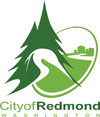 Redmond is a city in King County, Washington, United States on the outskirts of Seattle. The population was 45,256 at the 2000 census, with an estimated population of 48,739 in 2006. Redmond is best known as the home of Microsoft (for which "Redmond" has become a metonym) and Nintendo of America. With an annual bike race on city streets and the state's only velodrome, Redmond is also known as "the bicycle capital of the Northwest".
Redmond is a city in King County, Washington, United States on the outskirts of Seattle. The population was 45,256 at the 2000 census, with an estimated population of 48,739 in 2006. Redmond is best known as the home of Microsoft (for which "Redmond" has become a metonym) and Nintendo of America. With an annual bike race on city streets and the state's only velodrome, Redmond is also known as "the bicycle capital of the Northwest".
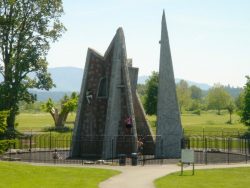
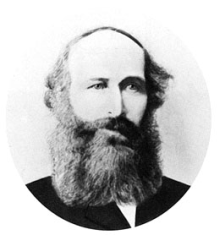
 Tel: +1.866.478.5236
Tel: +1.866.478.5236 Fax: +1.425.558.0378
Fax: +1.425.558.0378
